Ready for some fun facts? These tidbits were all shared during the Western Users of SAS Software (WUSS) conference held in San Francisco this week: 1. How many million dollars did a simple Excel spreadsheet error cost TransAlta? Answer: $24 million 2. What percentage of mobile phone users older
English

There are days that I could use code like this to make two of myself. No, that would never work; then I would be bored with so much time on my hands! In this new series, called Friday's Innovation Inspiration, we'll take a look at Post-It Notes from the 2011 Innovation Walls. SAS users filled
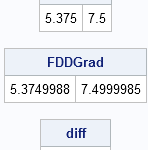
I previously wrote about using SAS/IML for nonlinear optimization, and demonstrated optimization by maximizing a likelihood function. Many well-known optimization algorithms require derivative information during the optimization, including the conjugate gradient method (implemented in the NLPCG subroutine) and the Newton-Raphson method (implemented in the NLPNRA method). You should specify analytic
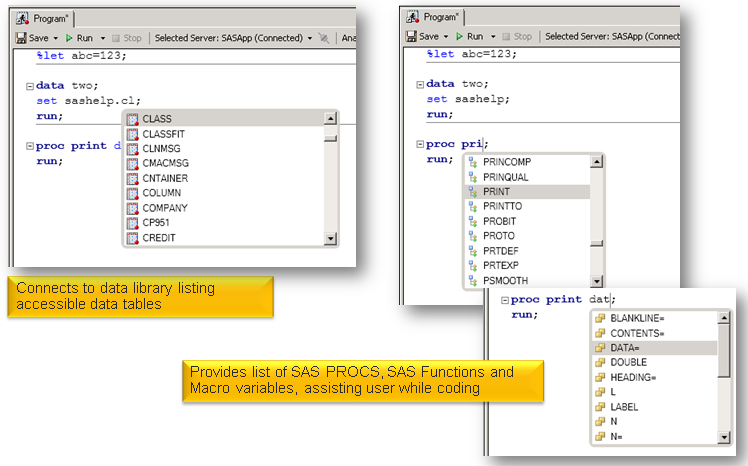
At the Western Users of SAS Software (WUSS)conference this morning, I witnessed my first Super Demo, taught by SAS’ own Andy Ravenna covering the major improvements to the latest version of SAS® Enterprise Guide®. The coolest new new features: Mouse over tooltip – gives you help right in the program editor
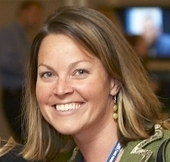
~Contributed by Melissa Perez, SAS Customer Loyalty~ Making sure our customers have a great experience with SAS is the goal of the US Customer Loyalty team. SAS has a wealth of resources available to our customers and the loyalty team is a dedicated resource to provide support and act as
The Western Users of SAS Software (WUSS) have the best acronym ever, and they're putting on an amazing conference in San Francisco this week. The conference kicked off today with conference chairs Kathryn Valdes and Ginger Carey’s announcement that the Pacific Northwest Users Group is merging with WUSS next year, adding

Picture this – a student grabs the Programming 1 textbook, scans it quickly seemingly searching for something specific, and shakes his head indicating an unsuccessful search. He plants himself smack dab in the front row, looks me squarely in the eye, raises one eyebrow quizzically and says, “Bad words?” I

The road to becoming a SAS Rock Star often starts at SAS Global Forum. Start making your mark by sharing how you use SAS at the 2012 SAS Global Forum, to be held in sunny Orlando, FL, from April 22 to 25. Submissions are being considered in the technology
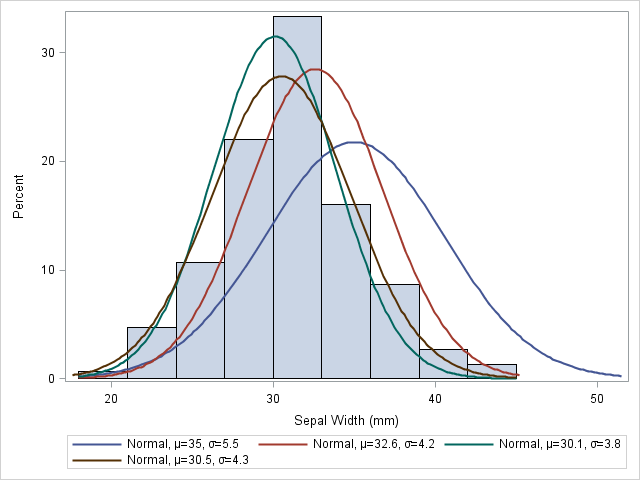
A popular use of SAS/IML software is to optimize functions of several variables. One statistical application of optimization is estimating parameters that optimize the maximum likelihood function. This post gives a simple example for maximum likelihood estimation (MLE): fitting a parametric density estimate to data. Which density curve fits the

SAS experts are gearing up to share knowledge, expertise and insights at SAS Global Forum 2012 In the last two months alone, we have launched SAS 9.3, created a think tank on healthcare analytics, hired a Chief Medical Officer, released a new version of Curriculum Pathways and offered flashcards for
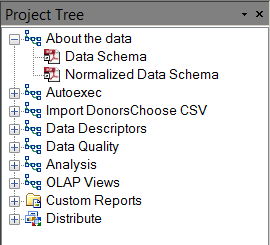
What is the best way to organize your SAS work in a SAS Enterprise Guide project? There are no project templates or enforced structure, really, but isn't there a best practice? I don't have a single prescription for the best project organization. I believe that it depends on the nature
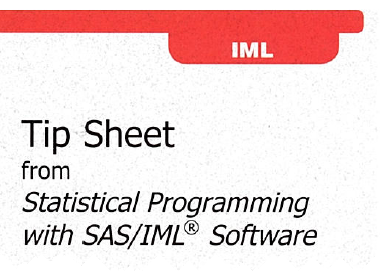
To celebrate the first anniversary of Statistical Programming with SAS/IML Software, you can now download the SAS/IML tip sheets (also called "cheat sheets") that I created for the book. At conferences, SAS Press displays these tip sheets next to my book. They have been very popular. Download these SAS/IML cheat

Chris Hemedinger, author of the SAS Dummy blog, read last week's Innovation Inspiration post and was reminded of a couple of cool things he'd seen SAS users do. He also told me of one of his most recent rock star moments. (In all fairness to Hemedinger, he didn't call his
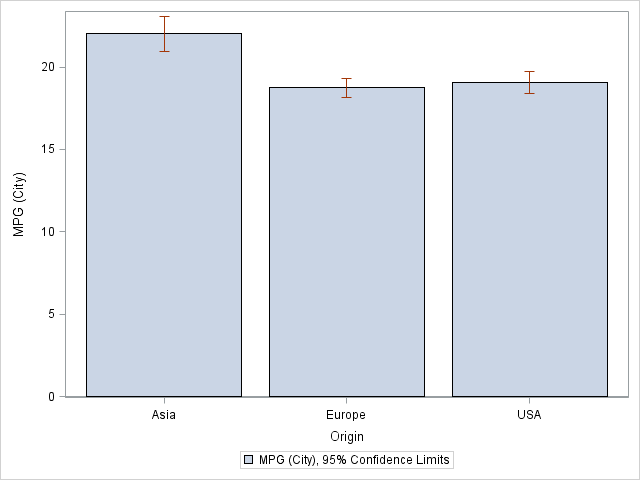
I've noticed that a lot of people want to be able to draw bar charts with confidence intervals. This topic is a frequent posting on the SAS/GRAPH and ODS Graphics Discussion Forum and on the SAS-L mailing list. Consequently, this post describes how to add errors bars to a bar

With an increasing volume of curriculum to cover and no time to spare, teachers often hit the ground running with the full throttle rigor and relevance critical to teaching and learning. However, I argue that the first two R’s are futile if teachers don’t have meaningful relationships with their students.
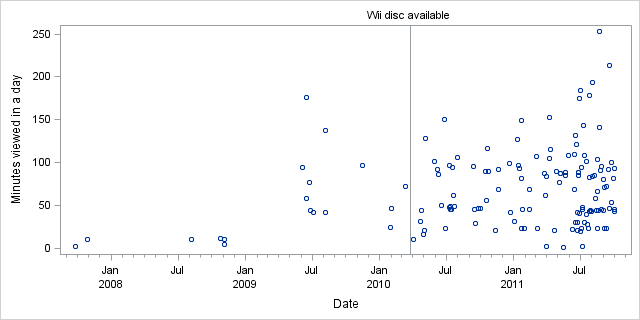
It turns out that I'm not receiving the maximum potential value from my Netflix streaming service. Perhaps it's because I place too much value on sleep. With my monthly subscription, I am permitted to view Netflix content 24 hours a day, 7 days a week. In my house I have
Users groups and users group events are a great way to get the most from the software that you use every day: learn new coding and analysis techniques, gain efficiencies and productivity, and meet other SAS users. The final months of 2011 will fly by. Don’t let them escape without
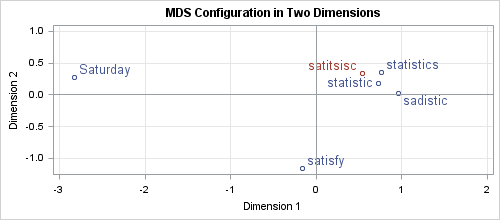
When you misspell a word on your mobile device or in a word-processing program, the software might "autocorrect" your mistake. This can lead to some funny mistakes, such as the following: I hate Twitter's autocorrect, although changing "extreme couponing" to "extreme coupling" did make THAT tweet more interesting. [@AnnMariaStat] When
In 1979, my ninth-grade teachers named me "Most Likely to Replace Rona Barrett" on TV's Good Morning America. Although the prediction never came to pass, it did at least stoke my enthusiasm for "conversation" and my passion for "sharing." So, yeah, I can be a real talker sometimes. Up for some spirited, banal chit-chat? Give me a call! Delighted by the meandering
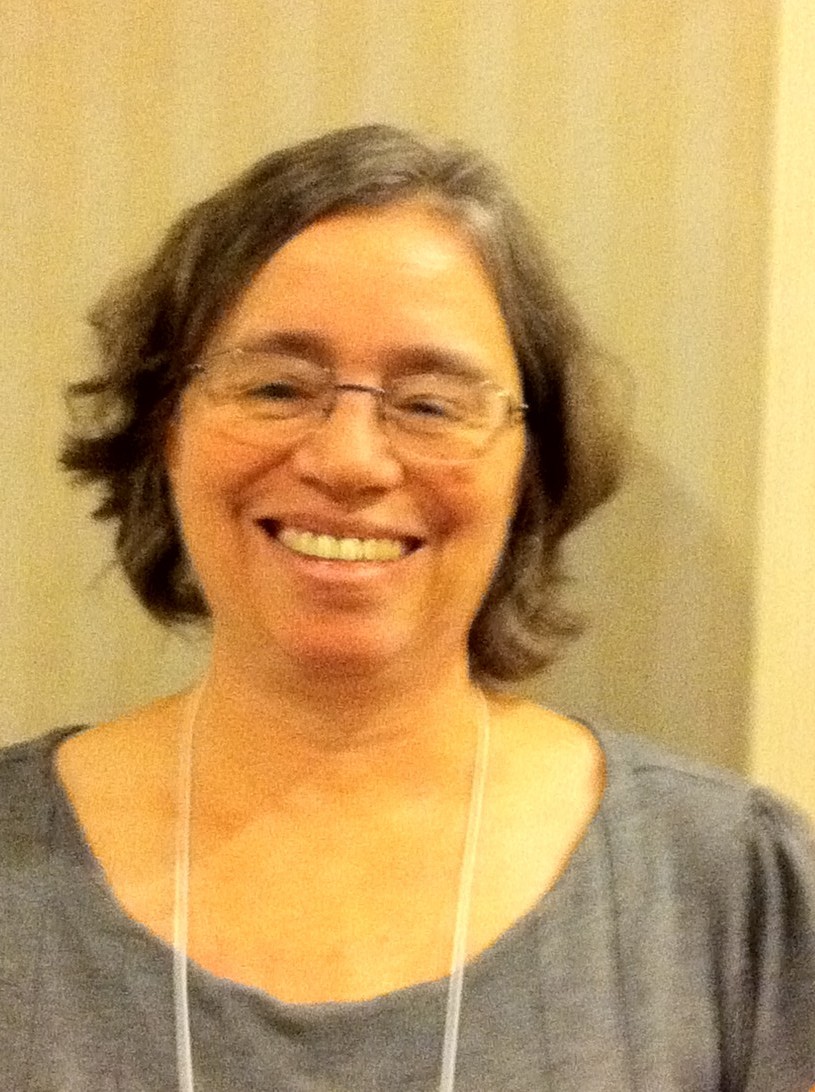
Most SUG presentations are written in PowerPoint – they may even be written in Word first, and then fancied up a bit in PowerPoint – but they are rarely written in SAS. But Louise Hadden, from Abt Associates Inc, had a need to produce a lot of PDF presentations. She
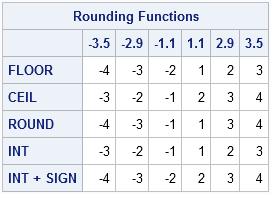
SAS has several ways to round a number to an integer. You can round a number up, round it down, or round it to the nearest integer. If your data contain both positive and negative values, you can also round numbers toward zero, or away from zero. The functions that
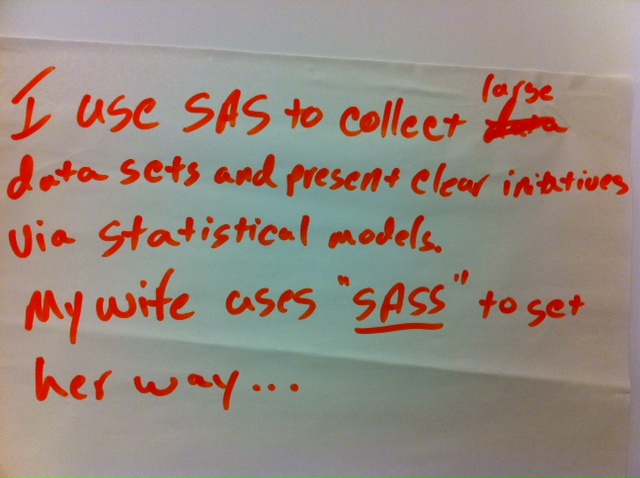
I used to get an email with a joke in it every Friday from my former boss, he called it Friday's Funnies. Some were really funny. Some - not so much. Well, I've decided to start my own Friday treat - a new series - called Friday's Innovation Inspiration. I'll be using
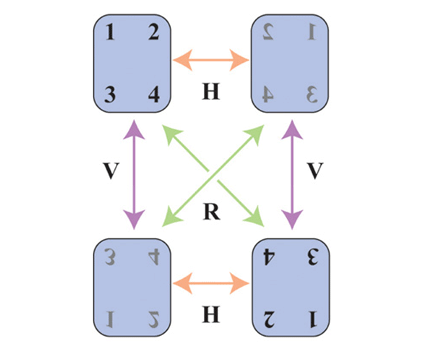
Birds migrate south in the fall. Squirrels gather nuts. Humans also have behavioral rituals in the autumn. I change the batteries in my smoke detectors, I switch my clocks back to daylight standard time, and I turn the mattress on my bed. The first two are relatively easy. There's even

Webinar October 4, 1:10 pm ET: What is Your Product Forecastability??? Thanks to Rich Gendon and the Chicago APICS chapter for hosting me last week at their professional development dinner meeting. I always enjoy evening speaking gigs, as they provide a chance to break out some of my nightclub-worthy material.

I previously wrote about an intriguing math puzzle that involves 5-digit numbers with certain properties. This post presents my solution in the SAS/IML language. It is easy to generate all 5-digit perfect squares, but the remainder of the problem involves looking at the digits of the squares. For this reason,
The Obama Administration and subprime lenders agree on one thing: Borrowers with bad credit lack the clout - both financial and political - to rebuild their lives without help from somebody ... somewhere. Where they disagree - royally - is over how. The Credit Card Accountability, Responsibility and Disclosure Act of
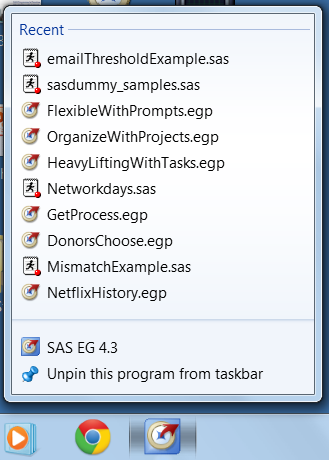
Filed under "Little changes that you probably didn't notice". When Microsoft introduced Windows 7 to the desktop, one of the many usability features that they added were "Jump Lists". Jump Lists serve as a sort of shortcut to not just open an application, but "jump right in" to a particular

A few sharp-eyed readers questioned the validity of a technique that I used to demonstrate two ways to solve linear systems of equations. I generated a random n x n matrix and then proceeded to invert it, seemingly without worrying about whether the matrix even has an inverse! I responded to the

Private sector vendors/suppliers seeking to conduct business with government often find frustration with the maze of policy and legislative hurdles encountered during the procurement process. As difficult as the experience may have been from the private sector perspective, take a moment to look at the other side of the procurement
With a combined 62 years of experience using SAS and JMP, consultants Kirk Paul Lafler and Charles Edwin Shipp have authored countless papers, articles, books - even puzzles - about analytics. Over the years, they've pretty much seen the world more than a few times during their travels to international,









